TOP STORY
Highway Safety
Press Release
Protecting Utah
DPS Reminds Utahns to Make Safe Driving a Priority This Memorial Day Weekend and Throughout the Summer
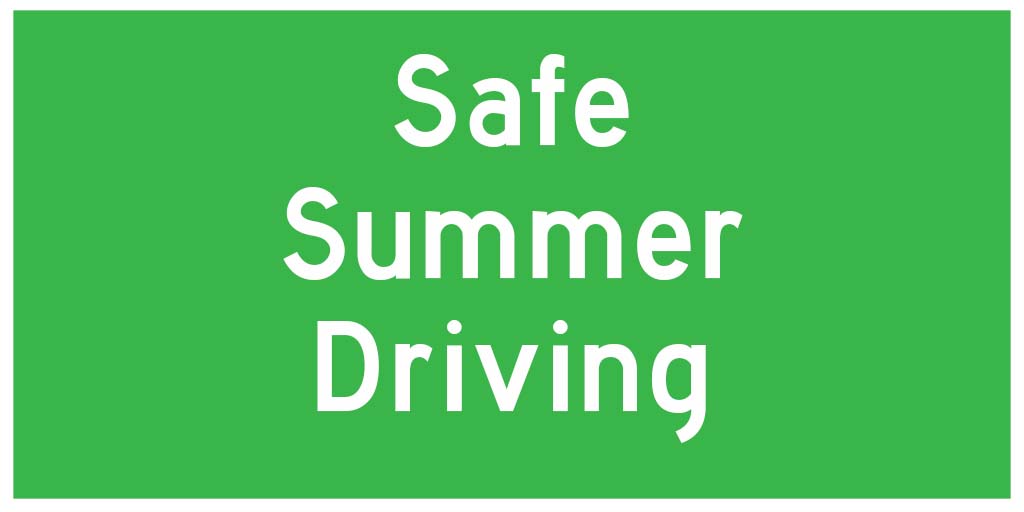
With school ending, national parks opening, virtual graduations being held and COVID-19 restrictions easing, we know a lot of people will be hitting the road this weekend and into the summer.
To help make sure everyone gets where they’re going and back home safely, we wanted to remind everyone to make safe driving a priority.
Although we’ve collectively been driving less, Utah’s traffic-related fatalities are almost equal to where they were last year.
Prevention and planning takes a little time, but it will give you the added comfort of knowing your loved ones are safe.
Perform a basic safety check.
- Routine car care like tune-ups, battery checks, and tire rotations are important and help with preventing breakdowns. That said, if you’re traveling long distances this summer, don’t just rely on your usual maintenance. Be sure to also check your vehicle’s tire pressure, wiper blades, fluid levels, lights, and air conditioning before you go.

Protect Yourself and Your Passengers
-
Buckle Up. Every Trip. Every Time. All passengers must agree to wear their seat belts every time they are riding in your vehicle. Set the example by always wearing your seat belt.
- All drivers and passengers should wear seat belts. It’s the law here in Utah. When you’re traveling with a child, it’s safest for them to ride in a car seat suited for their age and size, and all children 13 and younger should ride in the back seat. If you’re having trouble finding the right car seat for your child’s age and size, you can visit safercar.gov/parents for additional tips.

Protect The Children
- When traveling with children, take every precaution to keep them safe.
- All children under 13 should ride in the back seat.
- Make sure car seats and booster seats are properly installed and that any children riding with you are in the correct car seat, booster seat, or seat belt that is appropriate for their size. All passengers in your vehicle should be buckled up on every trip, every time.
- Click on NHTSA’s child passenger safety recommendations (www.nhtsa.gov/ equipment/car-seats-and-booster-seats) to find out how to select the right seat for your child’s age and size. To learn more and find a free car seat inspection site near you, please visit www.nhtsa.gov/equipment/car-seats-and-booster- seats#installation-help-inspection.
- Never leave your child unattended in or around a vehicle.
- Always remember to lock your vehicle when exiting so children do not play or get trapped inside.

Never Drive Impaired By Alcohol or Drugs
- Alcohol and drugs can impair perception, judgment, motor skills, and memory – the skills critical for safe and responsible driving.
- Deaths caused by impaired driving are preventable, and too many lives are tragically cut short in traffic crashes involving alcohol- and drug-impaired driving.
- Impaired driving not only puts the driver at risk – it threatens the lives of passengers and all others who share the road.
- Every year it causes the deaths of thousands of loved ones. Be responsible; don’t drink and drive.
- Illegal drugs, as well as prescription and over-the-counter medications, can be just as deadly on the road as alcohol.
- If you plan to drink, designate a sober driver before going out.

EXTRA DUI SHIFTS FOR MEMORIAL DAY WEEKEND
- Law enforcement agencies throughout the state will be working extra DUI shifts this weekend.
- Over 35 different agencies plan to work over 150 extra shifts.
- If your weekend plans include drinking alcoholic beverages, make sure they also include a safe and sober ride home.
Never Drive Distracted
- The focus of every driver, at all times, should be driving.
- Distracted driving is anything that takes your attention away from driving.
- The most obvious forms of distraction are cell phone use, texting while driving, eating, drinking, talking with passengers, and using in-vehicle technologies and portable electronic devices.
- Set down some safety rules with your co-drivers before you hit the road.
- These rules should include refraining from activities that take your eyes and attention off the road. Insist that your co-drivers agree to make every effort to move to a safe place off of the road before using a cell phone—even in an emergency.
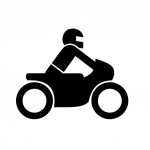
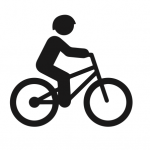

Share the Road
- Warmer weather will attract different types of roadway users, including motorcyclists, bicyclists, and pedestrians.
- Without the protection of a car or truck, these road users are more vulnerable.
- Look twice for motorcycles, especially when you’re turning at intersections or into or out of driveways and parking lots.
- Put a safe distance – 3 or 4 seconds worth – between you and motorcyclists, and always be mindful of pedestrians or bicyclists.
-
Always signal your intentions before changing lanes or merging with traffic. This allows other road users to anticipate your movement and find a safe lane position. Be mindful of pedestrians.
Things to remember as a driver:
- Distracted walking is becoming part of the distracted traffic epidemic. Keep your eyes open for distracted pedestrians.
- Pedestrians can be very hard to see – especially in bad weather or at night.
- Stop for pedestrians who are in a crosswalk, even if it’s not marked. This will help drivers in the other lanes see the pedestrians in time to stop.
- Cars stopped in the street may be stopped to allow pedestrians to cross. Do not pass if there is any doubt.
- Do not assume that pedestrians can see you or that they will act predictably. They may be distracted, or physically or mentally impaired.
- When you are turning and waiting for a “gap” in traffic, watch for pedestrians who may have moved into your intended path.
- Be especially attentive around schools and in neighborhoods where children are active. Drive the way you want people to drive in front of your own home.
- You can encounter pedestrians anytime and anywhere.

Obey All Posted Speed Limits
- Obey all posted speed limits, or drive slower if necessary based on weather or traffic conditions.
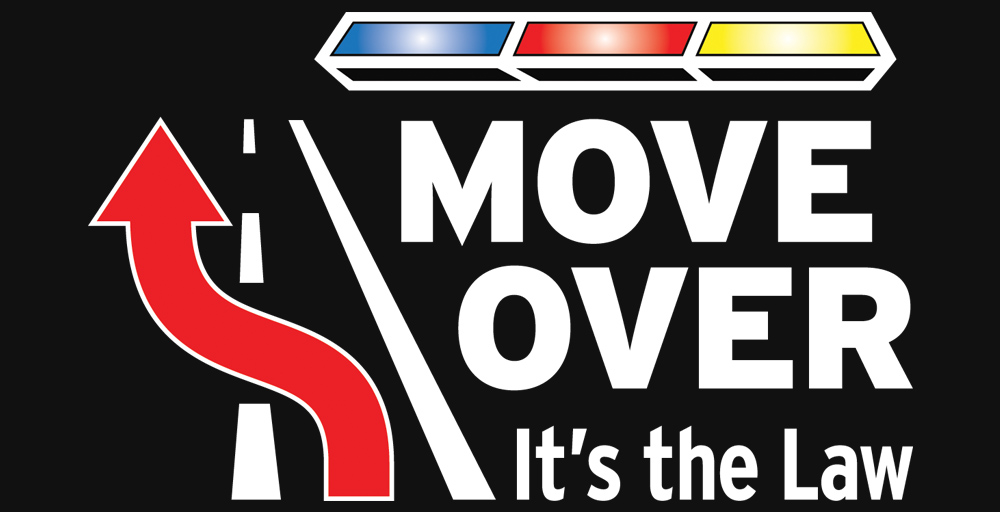
Observe “Move Over” Laws
- Move over and change lanes to give safe clearance to law enforcement officers assisting motorists on the side of the road. It’s the law in all 50 states.

Avoid distraction
- Remember that long trips can be tough on children—and, in turn, tough on you. Plan enough time to stop along the way to take a group stretch, get something to eat and drink, return any calls or text messages, and change drivers if you’re feeling tired or drowsy. Consider staying overnight at a hotel or family resort. It can make the trip easier and less tiring for everyone—and more of an adventure, too. Bring along a few favorite books, videos, or soft toys to keep little ones content and occupied. The trip will seem to go faster for them, and keep you from being distracted every time they ask, “Are we there yet?”
Keep Kids Safe In and Around the Car
There are other dangers to children in and around cars that you should know. One of those dangers is hyperthermia, or heatstroke. Heatstroke can occur when a child is left unattended in a parked vehicle or gains unsupervised access. Never leave children alone in the car—not even for a few minutes or with the engine running. Vehicles heat up quickly; if the outside temperature is in the low 80s°, the temperature inside the vehicle can reach deadly levels in just a few minutes—even with a window rolled down. A child’s body temperature rises 3 to 5 times faster than that of an adult. Visit NHTSA.gov/ Heatstroke to learn more tips and reminders to prevent heatstroke.

Before you back out of a driveway or parking spot, prevent backovers by walking around your vehicle to check for children running and playing. When using a backup camera, remember that kids, pets and objects may still be out of view but in the path of your vehicle. When children play, they are often oblivious to cars and trucks around them. They may believe that motorists will watch out for them. Furthermore, every vehicle has a blind zone. As the size and height of a vehicle increases, so does the “blind zone” area. Large vehicles, trucks, SUVs, RVs, and vans, are more likely than cars to be involved in backovers.
Be sure to lock your vehicle’s doors at all times when it’s not in use. Put the keys somewhere that children can’t get to them. Children who enter vehicles on their own with no adult supervision can be killed or injured by power windows, seat belt entanglement, vehicle rollaway, heatstroke or trunk entrapment.
Visit www.nhtsa.gov/road-safety/child-safety to find out more about how to keep children safe in and around vehicles.
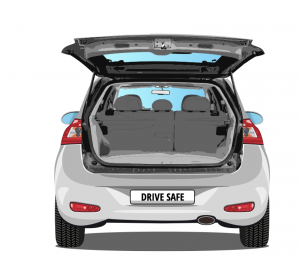
Store an emergency roadside kit.
- Even well-maintained vehicles can break down, so it’s a good idea to have a few emergency items readily accessible for your family’s road trip. In your kit, consider adding a cell phone and charger, first aid kit, flashlight, flares, jumper cables, water, and blankets. Even if you don’t have to use your kit, you’ll have peace of mind knowing that you have these critical items stowed in your cargo.
Check for recalls
- Even the most informed car owner may be unaware that their recalled vehicle is in need of repair. NHTSA’s free VIN Look-Up Tool lets you see if your vehicle has been repaired as part of a safety recall in the last 15 years. Visit nhtsa.gov/recalls to find out about possible safety defects in your vehicle, and help protect your loved ones and other motorists.



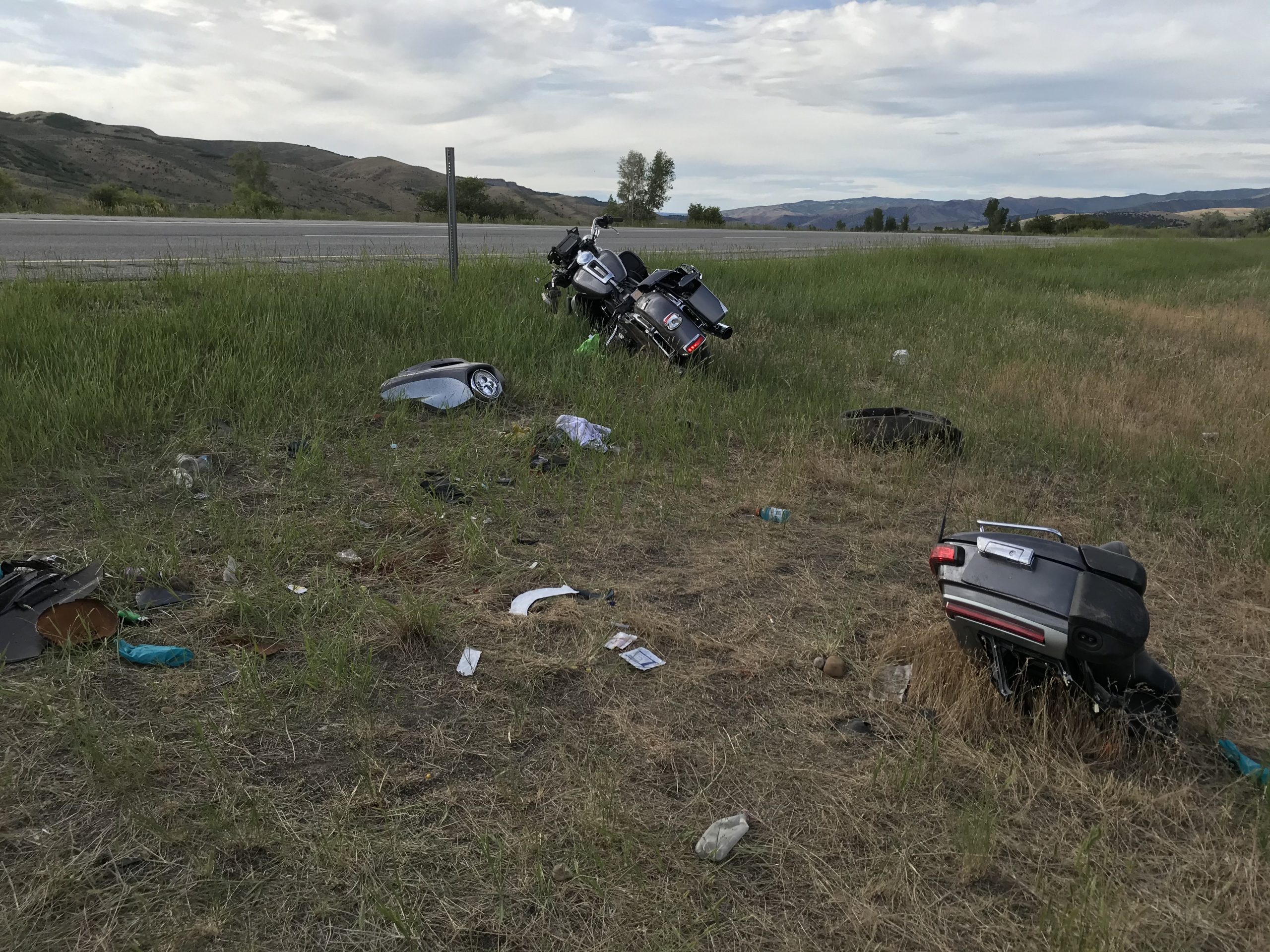
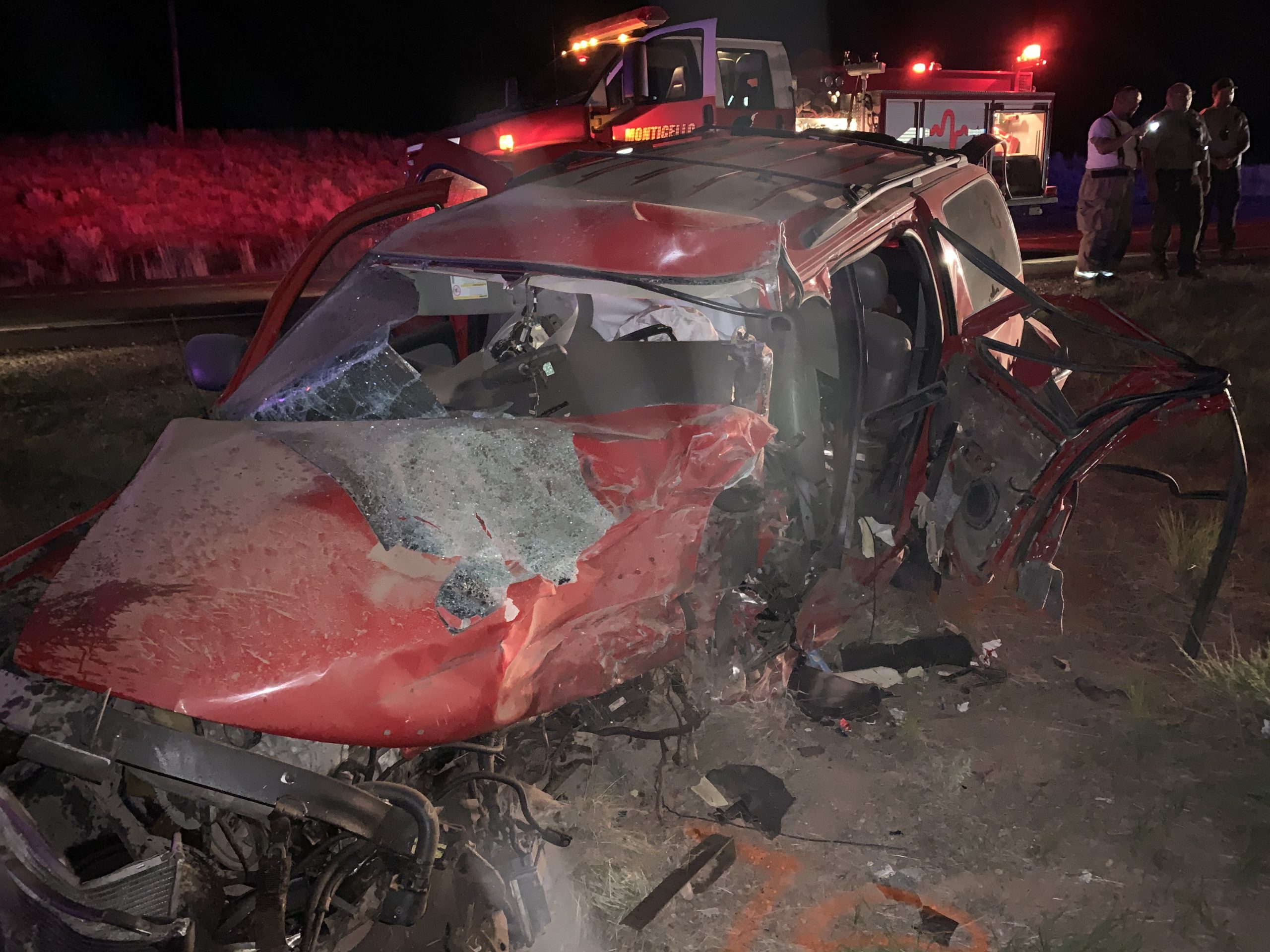



SHARE THIS STORY